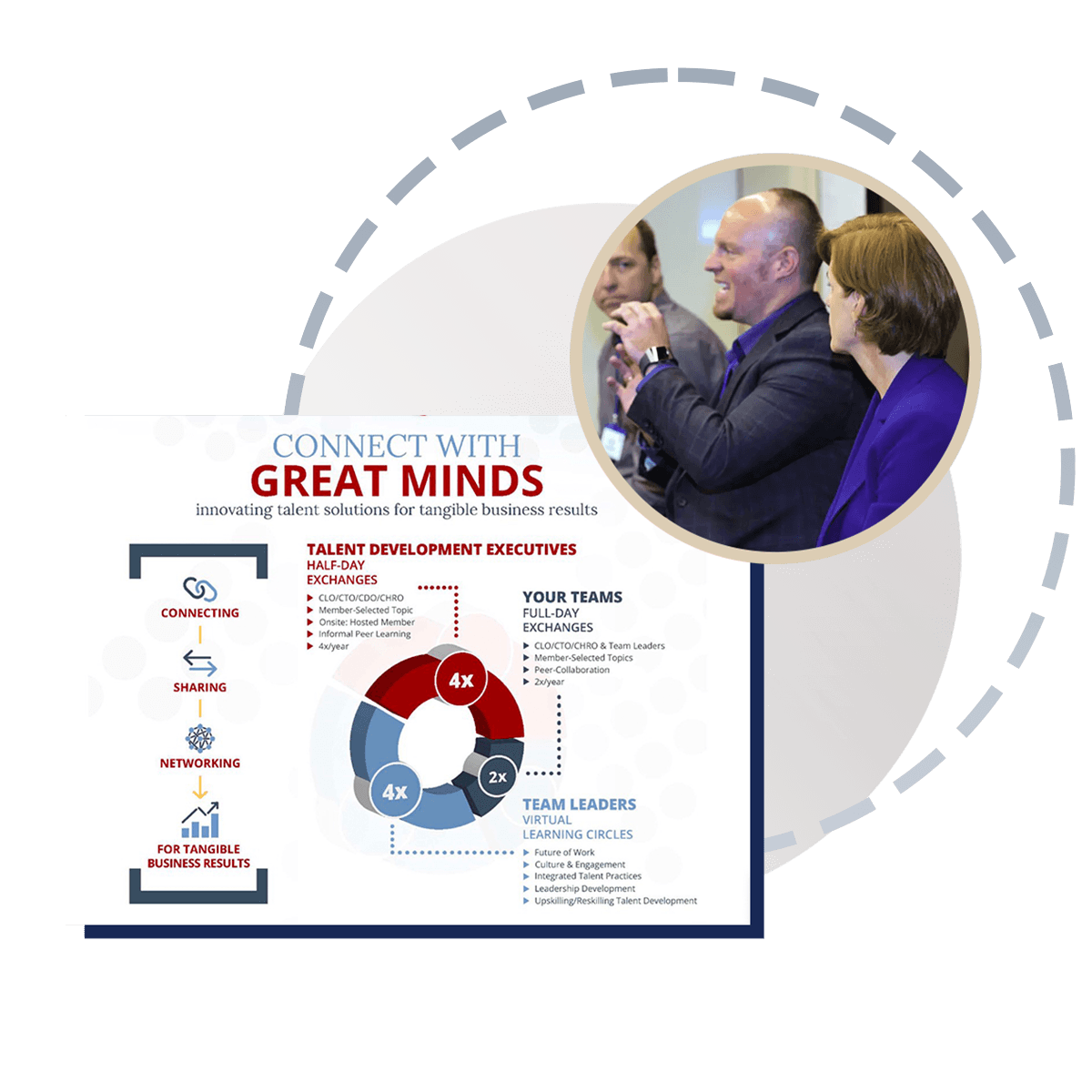This highlight video is from October 17, 2025 session Building Capability to Support a High Performing Culture
This interactive discussion reminded us that culture doesn’t live in a handbook — it lives in how people lead, connect, and perform every day.
“Everyone is a leader—it’s not a title. It’s how we behave every day to drive performance and culture.”
— Melissa Versino, Zurich North America
Melissa and her team at Zurich reframed leadership as a shared behavior, not a role. Their Manager Essentials journey moved beyond traditional training to build a manager core that actively drives performance — blending mindset, feedback, and ownership with the practical use of AI-enabled coaching.
The message was clear: culture is everyone’s job, but managers set the tone. They are the engine of both accountability and belonging.
Michael Kester of Lead Belay added another critical layer:
“When a team has psychological safety, clear communication, and alignment, they’re going to be unstoppable.”
It’s a reminder that sustainable performance isn’t built on productivity alone — it thrives when people feel safe enough to be honest, aligned enough to move fast, and supported enough to learn through the messy parts.
And as Ana Bedard reflected,
“High-performance cultures happen when everyone takes radical ownership—no one says, ‘that’s someone else’s problem.”
That mindset of shared ownership may be the real differentiator between high-performing teams and simply busy ones.
Together, these insights challenge us to look beyond “training programs” and toward capability ecosystems that connect leadership, culture, and practice — from onboarding to executive learning.
Because when everyone leads, teams align, and ownership takes root… culture stops being a slogan and starts becoming a system.
🔑 Key Takeaways
-
Culture must be defined—and felt.
It’s not a value statement but an emotional experience that leaders shape daily through behavior and connection. -
Managers are the engine of performance.
Zurich redefined management as core work, not “extra” work — giving leaders confidence to lead people first. -
Mindset change precedes skill change.
Shifting from risk avoidance to results orientation requires rewiring habits, not just adding content. -
Practice makes culture real.
AI feedback role-play and peer circles help translate leadership concepts into daily behaviors. -
Shared ownership drives scale.
Culture grows when leaders, managers, and employees each take responsibility for driving performance.
🧩 Practical Actions for Talent Development Leaders
-
Redefine leadership as a shared responsibility.
Embed “everyone is a leader” expectations into hiring, onboarding, and performance systems. -
Equip managers to act as capability builders.
Blend human coaching with AI-enabled practice for feedback, prioritization, and decision-making. -
Localize learning without losing alignment.
Partner with business units to tailor examples and scenarios that reflect their real-world challenges. -
Close the knowing–doing gap.
Move beyond theory by building practice loops into your leadership programs. -
Measure what matters.
Track not only participation and NPS but also behavioral shifts that indicate cultural traction.
💬 Continue the Conversation
High performance isn’t built in classrooms — it’s cultivated in community.
Start the discussion in the ELE Idea Exchange to continue the conversation explore how organizations are reshaping leadership capability, culture, and performance together.
